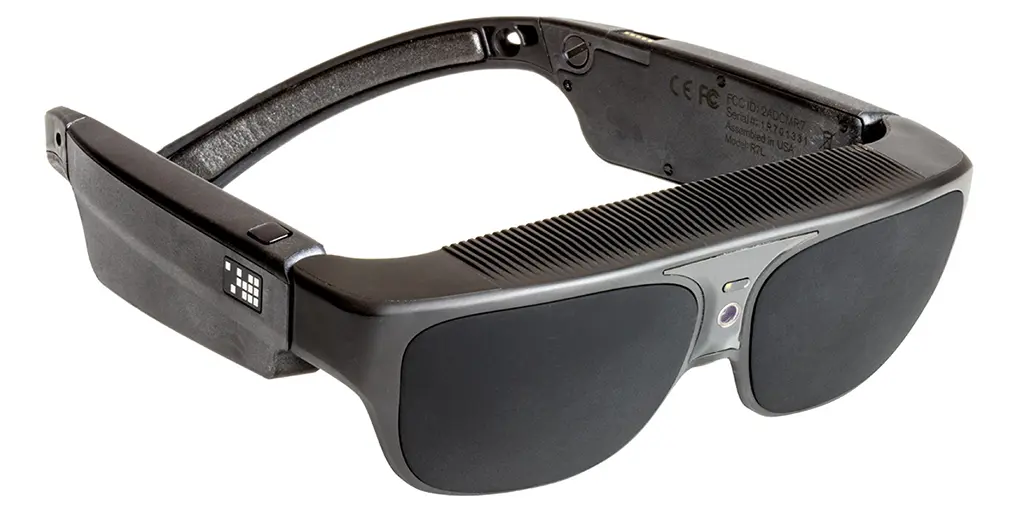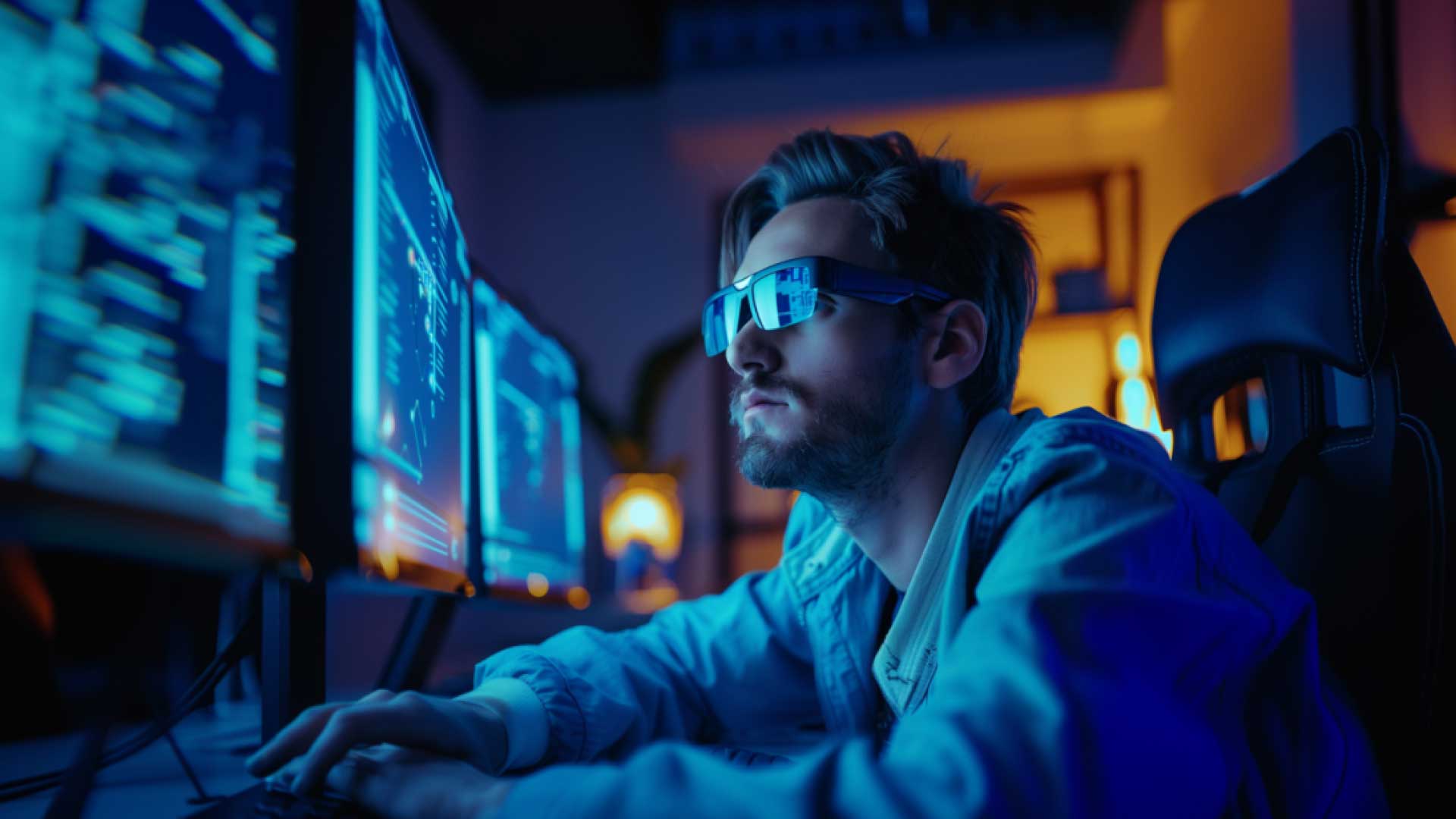Empowering Freedom With Assistive Technology for the Blind
The integration of assistive innovation for individuals that are blind or aesthetically impaired stands for a substantial development in promoting independence and enhancing quality of life. With an array of gadgets-- from screen visitors to innovative tactile devices-- these innovations not just help with navigation and communication yet likewise promote social inclusion and involvement in various aspects of life.
Recognizing Assistive Modern Technology
Although assistive innovation has progressed substantially over the years, its fundamental purpose remains the same: to enhance the high quality of life for individuals with impairments, especially those that are visually damaged or blind. This technology incorporates a wide variety of tools and gadgets that help with self-reliance and functionality in everyday tasks.
Assistive innovation can be classified into low-tech and state-of-the-art services, each created to meet specific requirements. High-tech devices typically include software application applications, specialized equipment, and adaptive gadgets that utilize sophisticated innovation to offer support in different contexts. On the other hand, low-tech services may include daily products that are customized to boost access, such as magnifiers or responsive markers.
The combination of assistive innovation into the lives of people who are blind or aesthetically harmed not just advertises autonomy however additionally promotes social addition and engagement in academic and specialist environments. By leveraging these modern technologies, individuals can browse their environments, access information, and connect effectively, thus boosting their total high quality of life. Comprehending assistive modern technology is crucial for supporters, specialists, and caregivers who aim to sustain people in maximizing their potential and attaining higher freedom.
Types of Assistive Instruments
Assistive tools for the blind and aesthetically damaged are vital tools that enhance daily living by addressing specific obstacles encountered by individuals. These gadgets can be generally classified into 3 main types: optical gadgets, electronic tools, and sensory tools.

Sensory tools, such as Braille displays and responsive maps, supply alternative ways to receive details. Braille displays transform digital text right into Braille, enabling customers to review touch. Responsive maps provide spatial understanding via raised appearances and lines, permitting much better ecological recognition.
With each other, these assistive devices equip individuals with visual disabilities to involve more fully with their surroundings, advertising better freedom and self-confidence in everyday tasks.

Effect On Day-to-day Live
The combination of assistive modern technology into the lives of individuals that are aesthetically damaged or blind substantially improves their capacity to interact and browse with the world around them. Devices such as display visitors, Braille displays, and mobile applications help with accessibility to details, permitting individuals to engage with digital content, interact effectively, and take care of everyday jobs independently.
Additionally, technologies like wise glasses and navigating applications give real-time support in strange environments, boosting movement and confidence. These devices enable individuals to identify obstacles, read signs, and also recognize faces, therefore cultivating a feeling of autonomy in public areas. Additionally, home automation systems, which can be regulated through voice commands, enable people to handle their living environments much more effectively, improving convenience and security.
The influence of assistive technology expands past functional jobs; it advertises social addition and emotional health. By linking site web the void between individuals and their surroundings, these modern technologies equip customers to get involved totally in neighborhood activities, go after educational chances, and take part in meaningful connections. Inevitably, the advancement of assistive innovation contributes in redefining the possibilities for individuals that are visually damaged or blind, leading to a much more easily accessible and inclusive culture.
Success Stories and Testimonies

One more powerful testimonial originates from Mark, a current college graduate that utilized display reading software throughout his scholastic trip. This modern technology enabled him to access training course materials and take part in conversations, ultimately leading to his effective transition into the labor force. Mark credit histories assistive innovation for empowering him to attain his profession objectives, highlighting its role in leveling the playing field for people with aesthetic impairments.
In addition, recreation center have actually reported enhanced her response involvement in their programs many thanks to the introduction of available digital systems. These platforms have made it easier for people to link, share sources, and support each other. These success tales jointly emphasize the profound effect of assistive innovation in promoting freedom, improving top quality of life, and breaking down obstacles for the blind and visually impaired area.
Future Fads in Assistive Tech
Emerging innovations are positioned to transform the landscape of assistive tech for individuals who are blind or visually damaged. Innovations in expert system (AI) and artificial intelligence are improving the capabilities of devices, enabling more user-friendly individual experiences. For example, AI-driven applications are progressively able to read and acknowledge objects text aloud in real-time, offering customers with valuable information concerning their surroundings.
In addition, improvements in wearable modern technology are producing new chances for independence. Smart glasses geared up with increased fact features can overlay important info onto the customer's line of vision, promoting navigation and interaction with the environment. The combination of Internet of Points (IoT) devices is simplifying availability in smart homes, permitting customers to control appliances and obtain notices with voice commands or responsive user interfaces.
The growth of braille displays and tactile responses systems is also increasing, advertising access to electronic material and improving communication. As these technologies remain to advance, they guarantee to boost daily living, instructional opportunities, and work prospects for individuals with visual impairments. Continuous partnership in between engineers, users, and campaigning for groups will certainly be essential in making sure these advancements satisfy the needs of the neighborhood effectively.
Verdict
Finally, assistive modern technology plays an essential role in boosting the self-reliance of individuals who are blind or visually damaged. By providing vital devices and sources, these technologies promote improved interaction, navigation, and accessibility to details, therefore cultivating autonomy and self-esteem. The transformative impact of assistive gadgets not only promotes efficient interaction with the setting yet also motivates social inclusion and participation in different elements of life, ultimately empowering customers to thrive within their areas.
The assimilation of assistive modern technology for individuals that are blind or aesthetically impaired stands for a considerable development in fostering freedom and boosting top quality of life.The assimilation of assistive technology right into the lives of individuals who are blind or Extra resources aesthetically harmed not just advertises autonomy yet likewise cultivates social addition and participation in academic and specialist environments. Eventually, the improvement of assistive modern technology is crucial in redefining the possibilities for people who are visually damaged or blind, leading to an extra accessible and inclusive culture.
Numerous people that are aesthetically impaired or blind have shared motivating success stories that highlight the transformative impact of assistive modern technology on their lives.In conclusion, assistive modern technology plays a crucial duty in enhancing the independence of people who are blind or visually damaged.